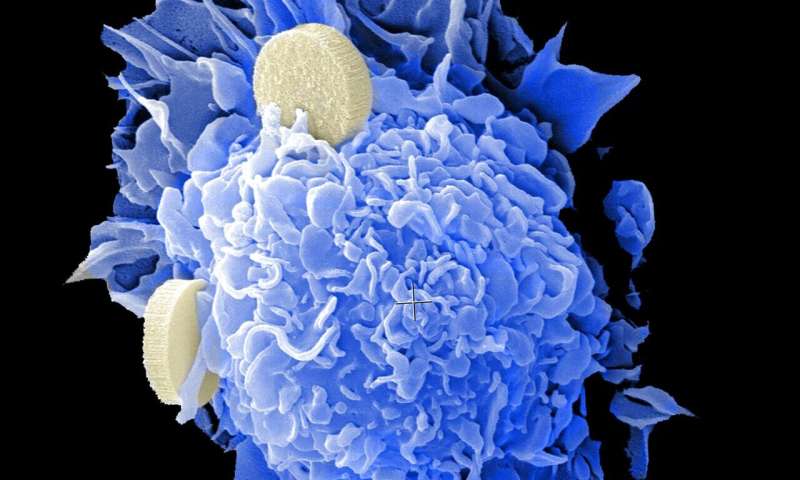New guidelines for treating the complications of brain tumors

The brain can be affected by a number of different types of tumor and this leads to serious complications such as epileptic attacks, brain edema, hemorrhage, or thrombosis. Hitherto, there have been no uniform standards available for the diagnosis and treatment of these common symptoms. An international team of researchers comprising experts from the leading oncology societies ESMO (European Society for Medical Oncology) and EANO (European Association of Neuro-Oncology) has now compiled international guidelines and standards for the treatment of these complications, and these have been published in Annals of Oncology. As EANO President, Matthias Preusser, Head of the Division of Oncology (MedUni Vienna’s Department of Medicine I) initiated these international guidelines and has played a leading role in coordinating them in his capacity as last author.
“Every year, around 18 million people worldwide are diagnosed with cancer and up to every second patient with an advanced tumor develops brain metastases, especially in cases of lung, breast or skin cancer. Due to the breadth of this field, the new guidelines are of huge significance,” explains Preusser. “Two of the largest societies have therefore joined forces to produce uniform standards.”
With the aid of algorithms and numerous diagrams, a reference work has been produced to ensure that patients throughout the world receive high-quality treatment for the complications associated with brain tumors. Questions such as “how does one manage brain edema?” or “what should I do in the event of an epileptic attack or neurocognitive impairment?” are addressed in detail by the interdisciplinary panel of authors.
“The new guidelines that we have compiled can be applied and implemented all over the world and should therefore lead to a significant increase in patient safety,” stresses Preusser, who co-authored guidelines for the correct treatment of glioma (a specific type of central nervous system brain tumor).
Source: Read Full Article
